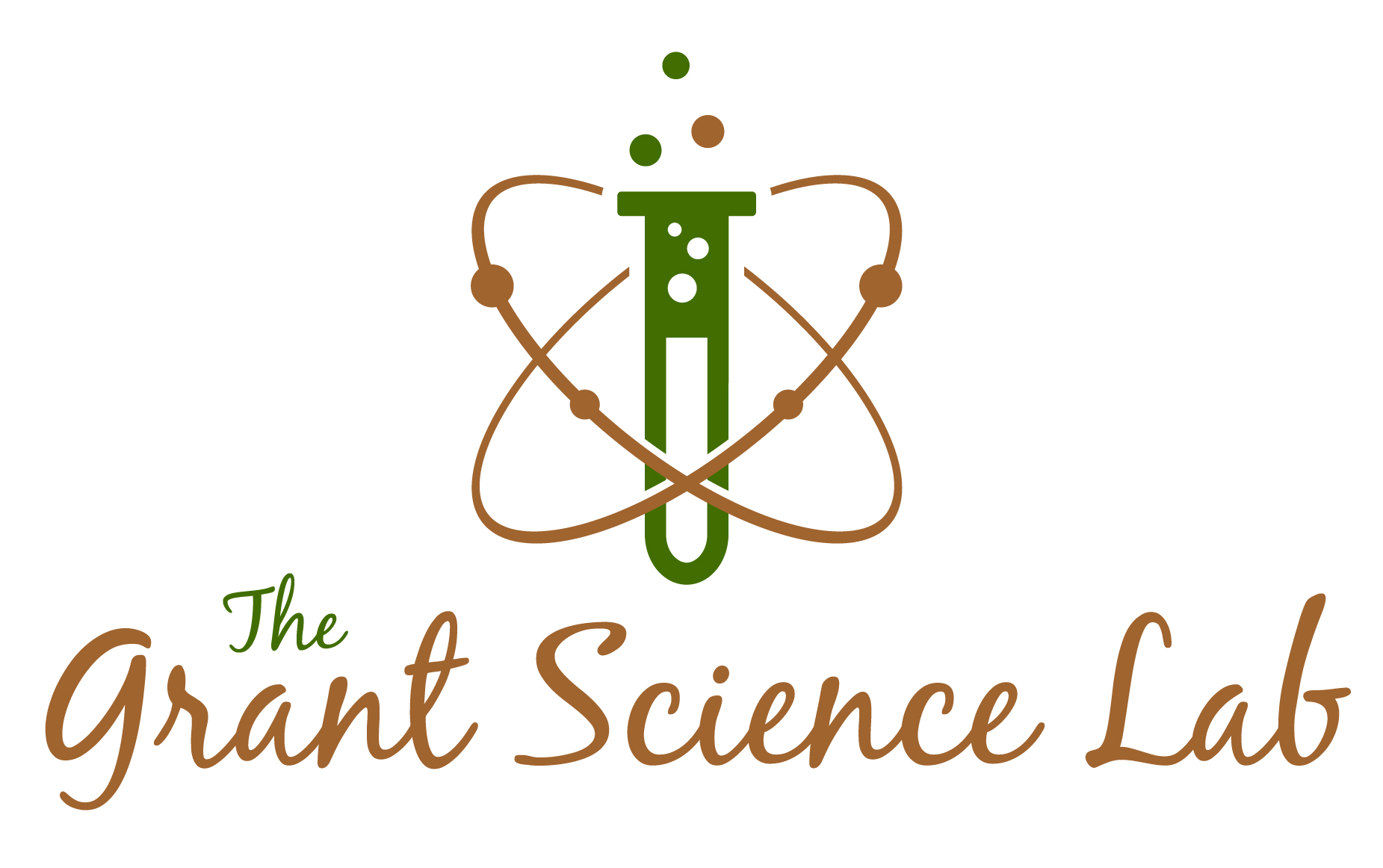The Research Lab Meets the Nonprofit
What Does a Research Lab Have in Common With a Nonprofit Organization?
Higher education was a great training ground for all things related to grant consulting. Technically, colleges and universities are nonprofit organizations with a development office for capital campaigns and the like, as well as an office for research and programs. The similarities of collegiate faculty pursuing scholarly research with that of the mission of a nonprofit are very clear.
Both have ties to a greater good.
Both need those funds obtained through grant proposals to support projects, if not survive in the long term.
Both have to prove that the funds were properly used through publications and reports.
As a college biology professor, I wrote many grant proposals, managed the funded ones, and ranted over the unfunded ones. I even reviewed grant proposals of other scientists. A faculty member is responsible for his or her own career advancement in their subject and within their university. This is especially true for scientists, who need large grant funds from other sources to purchase laboratory supplies, equipment, and pay personnel necessary for the project. The goal is a peer-reviewed published article in a major scientific journal and long-term survival with tenure. In this way, a college professor is much like a tiny nonprofit organization whose very existence is dependent on outside funds. This is true even when the college has internal funds for faculty research or continuing education. The faculty member is the nonprofit and the university is the grantor.
Likewise, all types of nonprofit organizations, even widely differing ones, can work together on projects of interest, so too do academics. Science is a collaborative effort and this gets more interesting when faculty form a group to work on a research problem. A bigger nonprofit is the result. Grants involving different faculty expertise are common. It gets more complex when faculty members combine their skills, work across departments, and even partner with other schools for large research projects. Coordinating all these efforts makes for some complex proposal preparation that includes subcontracts for different groups. Colleges and universities do this all the time. Working with other scientists and even colleagues in non-science departments on research projects was some of the most fun I had in my academic career.
As a teacher, I was always encouraging students to read, understand, and follow directions. It did not matter whether it was a test, a paper, or a laboratory protocol, but the details matter. Following the directions the grantor requires is critical for any nonprofit organization seeking grant funds. When I was an active laboratory researcher, the grant funding success rates were about 10% in the federal sector. Submitting an incomplete or improperly formatted grant proposal was the fastest way to the trashcan. An academic scientist cannot afford to have a research proposal not be reviewed. The reviews matter, even when the proposal is not funded. The reviews can help the researcher submit a better proposal the next time. Getting the details right the first time makes a difference. The research office at the university coordinated a limited internal review, thereby avoiding any major mistakes.
Fundamentally, the grant writing process for nonprofits and collegiate faculty is the same. Framing the process for both groups are the following questions:
What do you want or need to do?
Why do you want or need to do it?
How are you going to get it done?
What is it going to cost?
Why does it cost that?
Was it successful?
Why was it successful or not?
Proposal sections might change names. Budget requirements might be different. Additional descriptive information might be required. In the end, whether the proposal is for new scientific knowledge, helping the homeless, preserving the nature, educating the public, supporting the sick, or demonstrating the arts, it is all about a greater good.
